ACCESS AND UPDATES ↑ ▪ The Collection is accessible personally via the computer in Room F 221 of the ELTE BTK campus at Múzeum krt. 4., Budapest or on the internet at the site maintained by ELTE. In both cases access has to be authorised either by the leader of the Research Group (Miklós István Földváry) or by its secretary (Benjámin Varga) who are at the disposal of any interested researcher. The Collection is updated at the beginning of each month along with the supplementary material (catalogue, index, etc., as seen there). This update includes uploading and registering new material, as well as expanding and correcting the supplementary material.
STORING DATA ↑ ▪ Sources within the Collection are stored in folders according to book-types, in line with our study of the typology of liturgical sources (Liturgical Books, in Hungarian). These are the following: Missals (Missalia), Breviaries (Breviaria), the administration of Sacraments and Sacramentals, depending on whether they are found in pontifical or sacerdotal book-types (Pontificalia, Ritualia & Processionalia), and normative liturgical texts (Ordinarii). The title of the folders is only referential (not all-inclusive), for instance, in the folder labelled Missalia one may also find Sacramentaries and Graduals, the folder Breviaria also contains Diurnals, Psalteries, Antiphonals, etc., the folder Pontificalia also includes Benedictionals, in the folder named Ritualia & Processionalia one will encounter—in addition to Rituals and Processionals— booklets containing only a single Ordo, and, finally, the folder Ordinarii also includes Ceremonials and Directories, etc. Copies are always stored in a PDF format and may be viewed with a recent version of Adobe Reader or other similar software. One file corresponds to one original volume. File names always follow the same structure: a two-letter country code, the name of the place or institution (e.g. city or religious order) where the source was used, then— following a hyphen—the short Latin name of the document and its date of origin. If the source is a manuscript the file name ends with the location where it is kept, along with the abbreviated name of the library and the call number. File names do not use accents or diacritical marks and the words are spelled with the basic letters of the Latin/English alphabet. The above-mentioned categories are explained in greater detail in another page, entitled “Catalogue”.
THE SOURCES OF ACQUISITION ↑ ▪ The Collection in part follows material freely available on the internet, but is also enlarged through private acquisitions. The freely available material is downloaded and all non-downloadable content is registered with a permanent link. Our own acquisitions extend either to copies of the originals or to editions that are not available commercially. These orders are arranged with the help of our colleague, Péter Paulik who works at the Loans Department of the National Széchényi Library. The commercially available editions—and the scholarly books most relevant to our research—are purchased in book format with the help of Edit Kakuszi at the Atlantisz Könyvsziget. These books can be studied in Room F 221 of the ELTE BTK campus at Múzeum krt. 4., Budapest (they may not be loaned). At this point the Catalogue does not include these books, only the digital sources.
The long-term goal of the Collection is to provide a representative sample of the mediaeval variants of Western liturgy extending to every type of ceremony. Since this would amount to an almost unmanageable amount of material, from time to time different areas of interest will be emphasised. In any case, we shall aim for an ever more complete and proportionate geographical coverage of the Western liturgical family. In the present phase of our research we lay special emphasis on the following categories:
LITURGICAL INCUNABULA AND ANTIQUA ↑ ▪ Our primary interest is invested in the liturgical Uses of cathedrals, abbeys and centralised religious orders, including their mutual relationships. We hypothesize that these Uses, despite their varying degrees of modification, are historically continuous insofar as they deliberately and persistently maintained their defining features. Our methodological premise is that the accurate description and comparative analysis of these Uses can only be achieved by means of a so-called “inverse chronology.” This means that the scarcely documented early phases of these Uses have to be approached and examined from the perspective of their mature, well-defined state. Consequently, the liturgical incunabula of the 15th and 16th centuries are highly valued, and we endeavour to make an all-inclusive collection of such. These sources have four distinct advantages: - Their identity is certain since in most cases they actually document which Use they follow.
- They are representative either because their edition was commissioned by the competent ecclesiastical authorities and prepared by highly capable experts, or at least because the bookseller who had them printed wanted to make this a profitable enterprise which would have been less likely, had he provided his clerical readers with an unreliable, inauthentic version.
- They are comprehensive because they represent the well-developed and complementary book-types of the late Middle-Ages, and the deficiencies and lacunae of a particular copy can easily be supplemented from the others.
- They are “abstract” in the sense that they document the essence of a diocesan Use which can be relevant outside of environment of the given cathedral.
CONTROL-SOURCES WITH A SURE IDENTITY ↑ ▪ The second group of preference includes manuscripts of an identifiable and representative character. These will help to illustrate the historical “depth” of the printed source material and through their analysis we can determine whether the specific features identified in our printed sources can be traced back to earlier ages, and if yes, exactly to which time period. For this purpose, we collect manuscripts that are older than the printed sources (at least from the 14th century) and represent the typical liturgy of a cathedral, monastery or religious order. If there are no printed sources available for a particular cathedral, we also collect later manuscripts (whose identity and pertinence can be ascertained). On the other hand, non-central, “provincial” sources or books whose origin is doubtful or debatable shall not be considered. We expect that mapping out cathedral Uses will enable us to create a “typological net” which in turn will help to interpret and categorise the remaining sources.
CEREMONIES OUTSIDE OF THE MASS AND DIVINE OFFICE ↑ ▪ In terms of liturgical analysis, the least accessible material is made up of ceremonies outside of the Mass and the Divine Office because they are very divergent ceremonially, textually, melodically and also structurally. At the same time, their source material is more limited, some of their ceremonies are more transparent than the complex annual cycle of the Mass or Divine Office. Hence the present phase of our research focuses on the sources that belong to the category of Pontificals and Rituals, in the hope that based on the analysis of the ceremonies included in these sources, we shall be able to form a more accurate picture of the typology of liturgical Uses. This will assist us effectively—at least as a strong foundation—when we turn our attention to the Mass and the Divine office. We consider Missals as being on a par with Pontificals and Rituals but not as sources for the actual liturgy of the Mass but as relevant sources for certain Ordos that are—in this regard—comparable to Pontificals and Rituals. Such Ordos are the extraordinary Ordos of the liturgical year (Candlemas, Ash Wednesday, Palm Sunday, the Sacred Triduum, Easter, the Vigil of Pentecost) and the sacramental rites often found in Missals (the benediction of water, Baptism-Confirmation, nuptial and exodiastic Ordos). 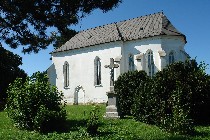

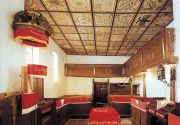

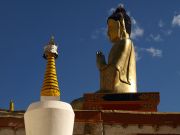
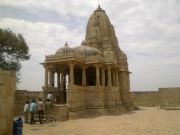
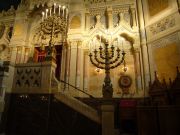
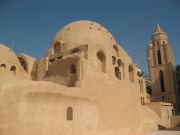
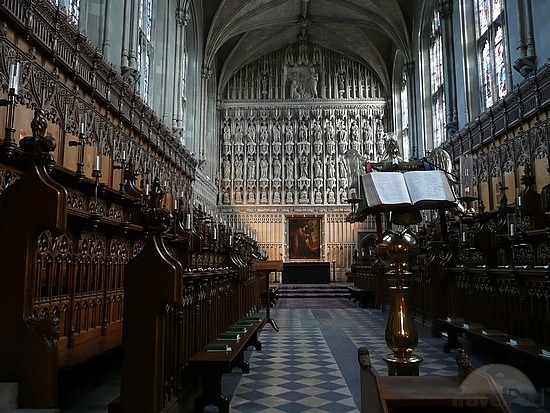
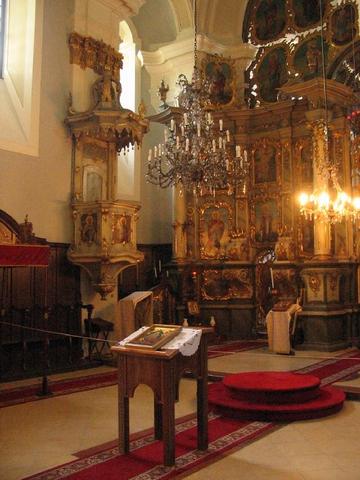
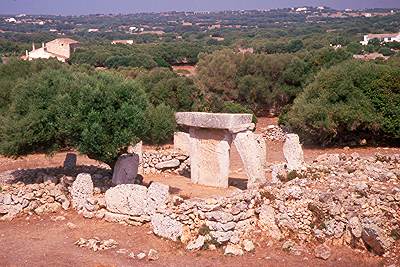
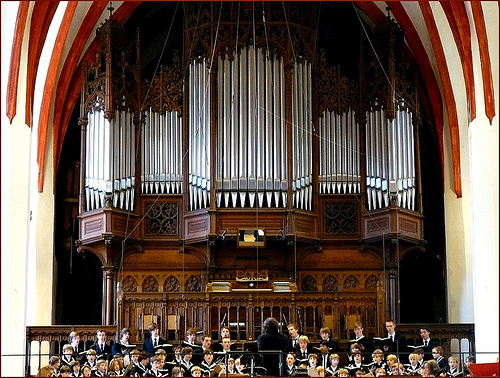
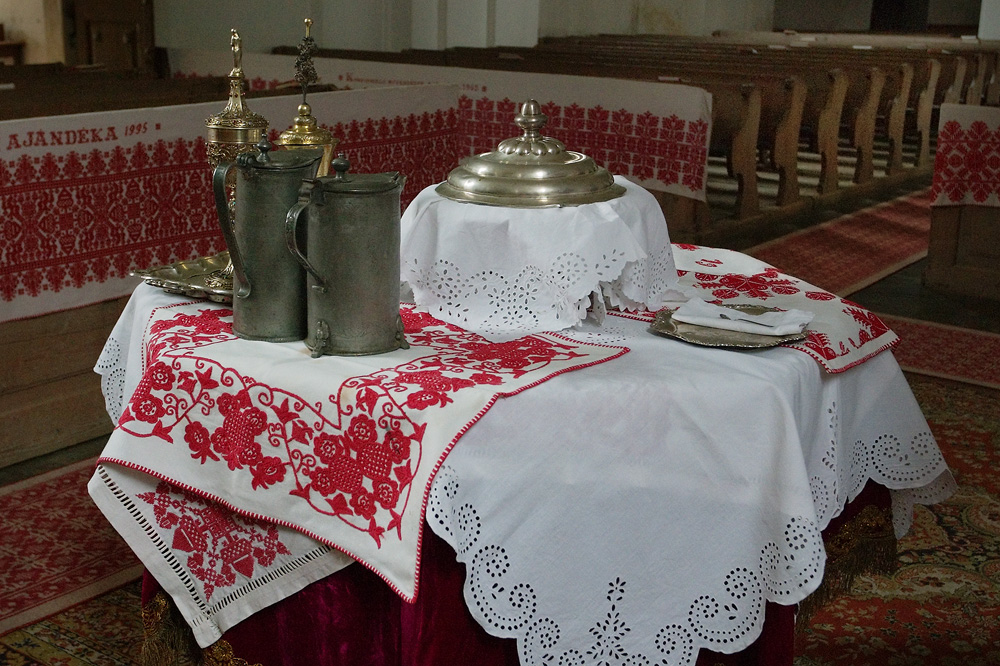
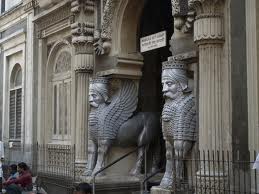
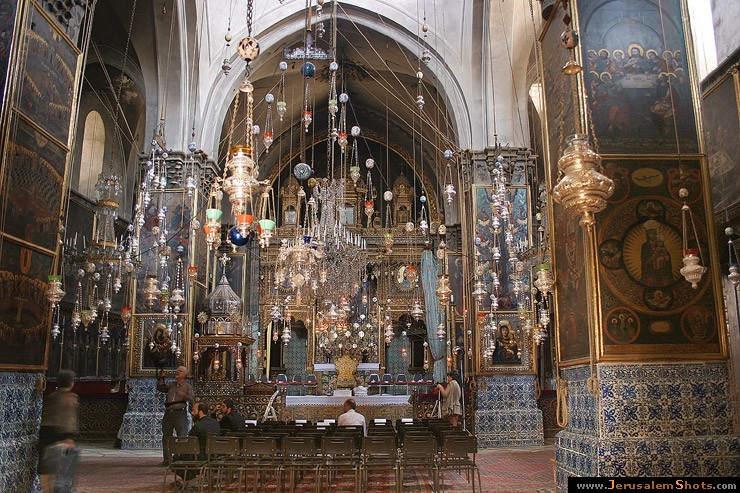
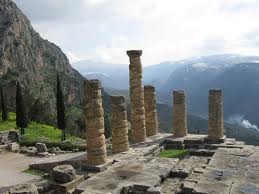
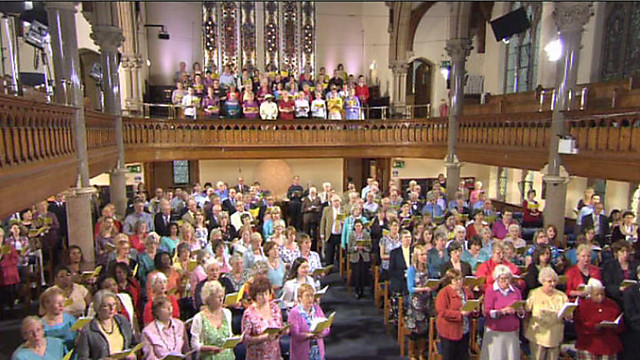
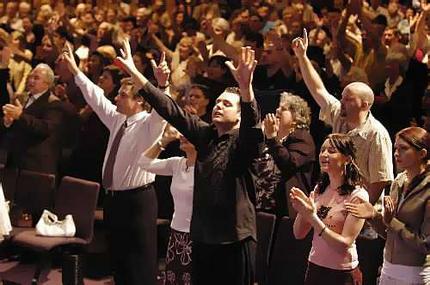

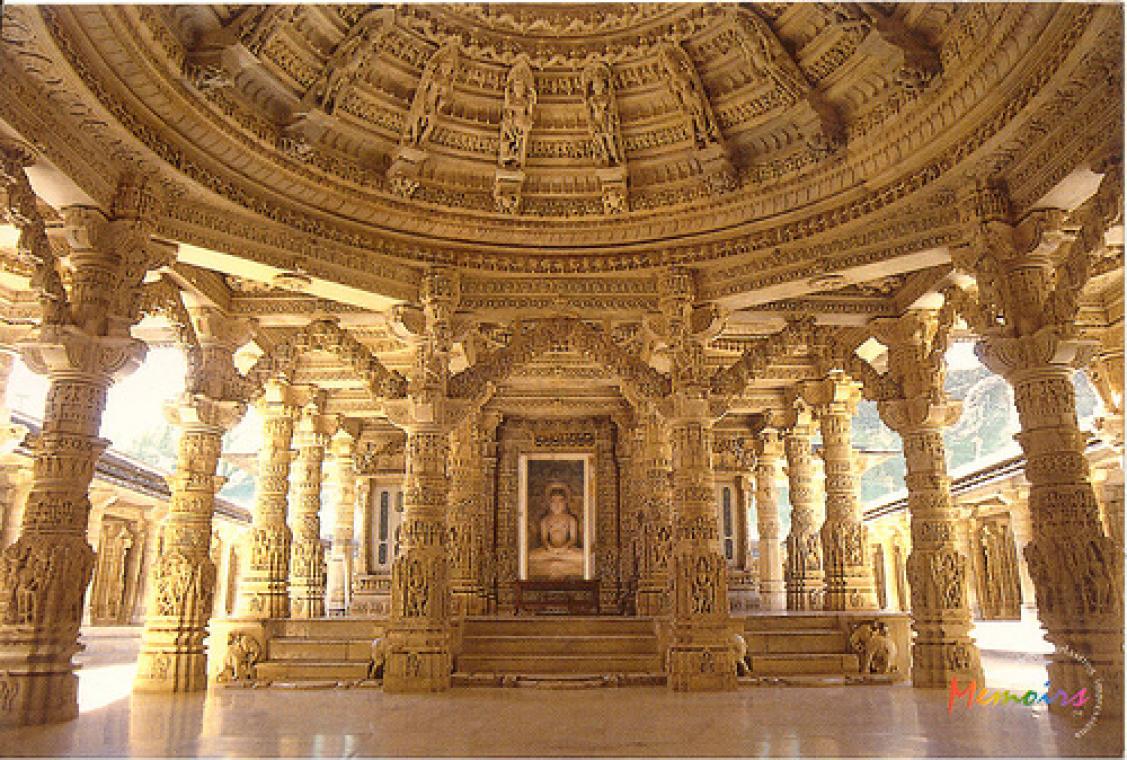
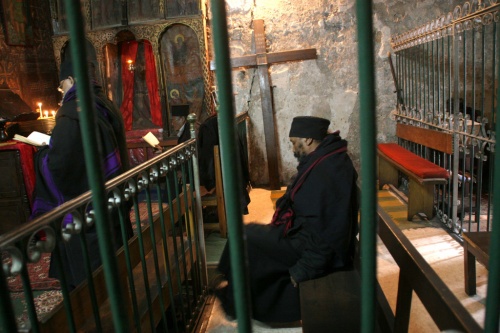
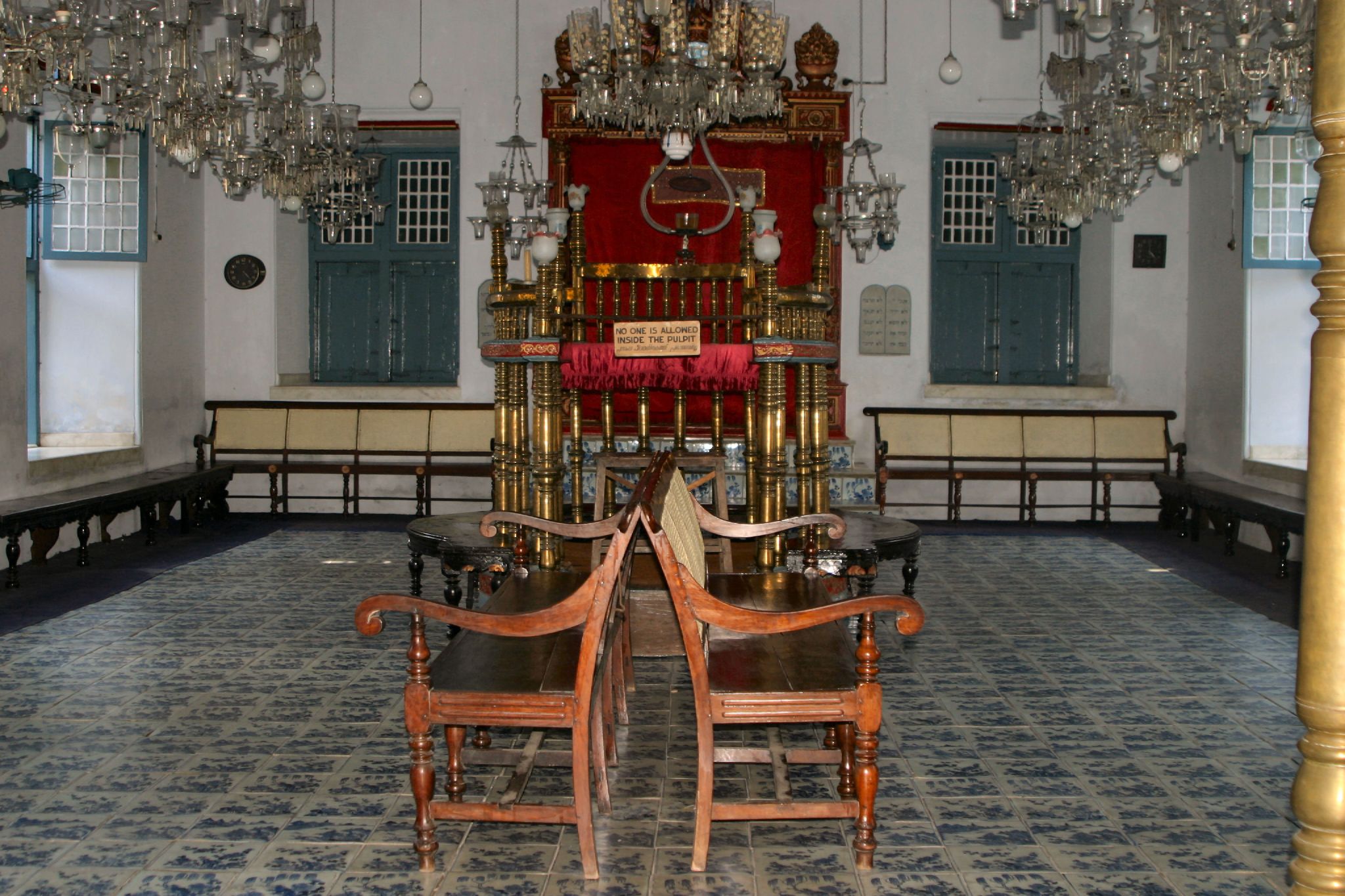
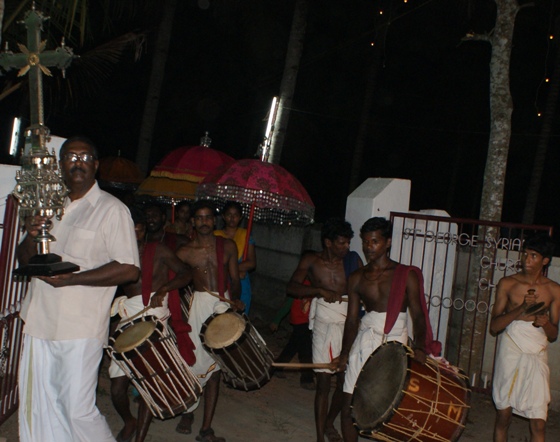
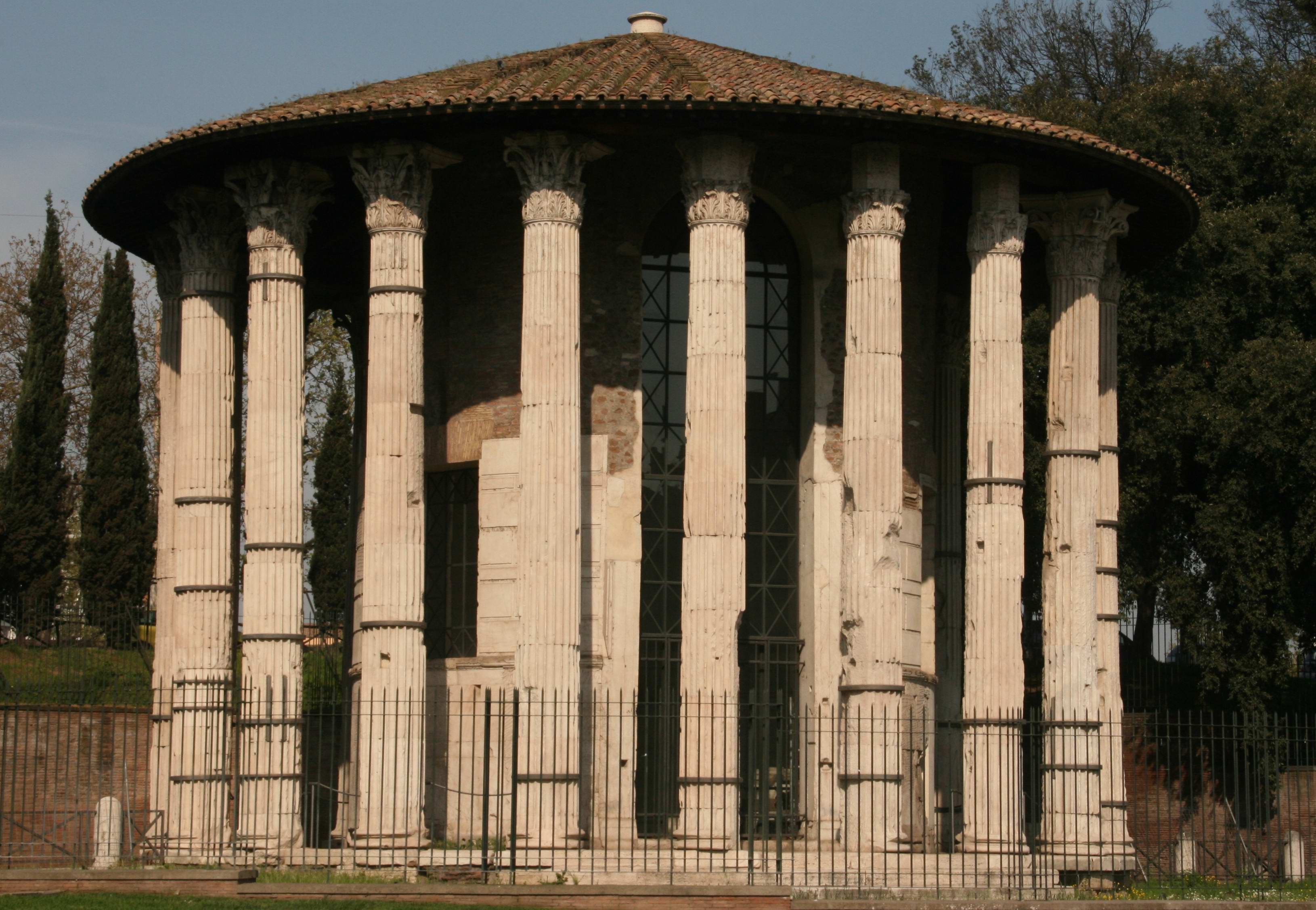
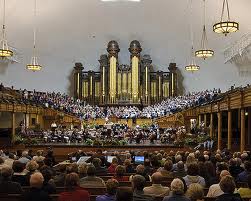
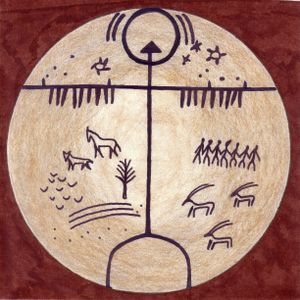

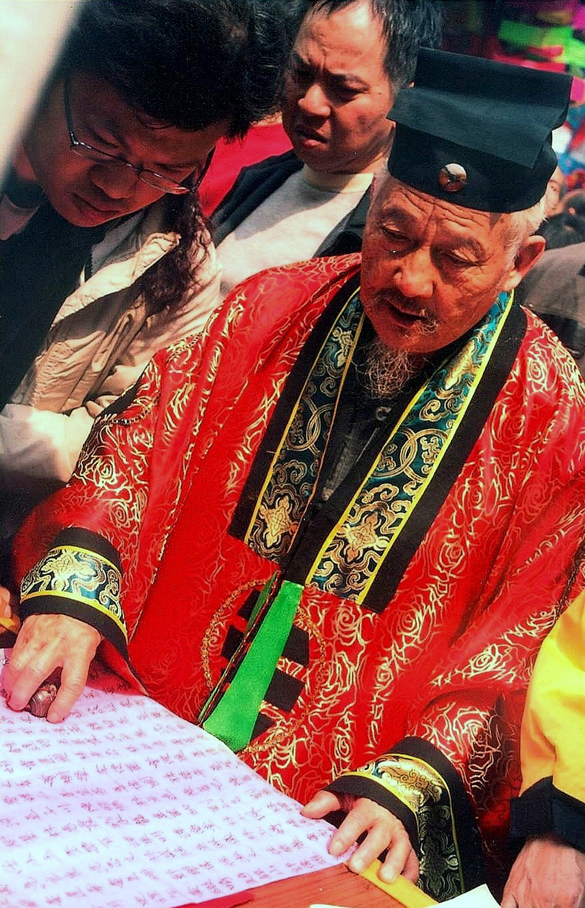
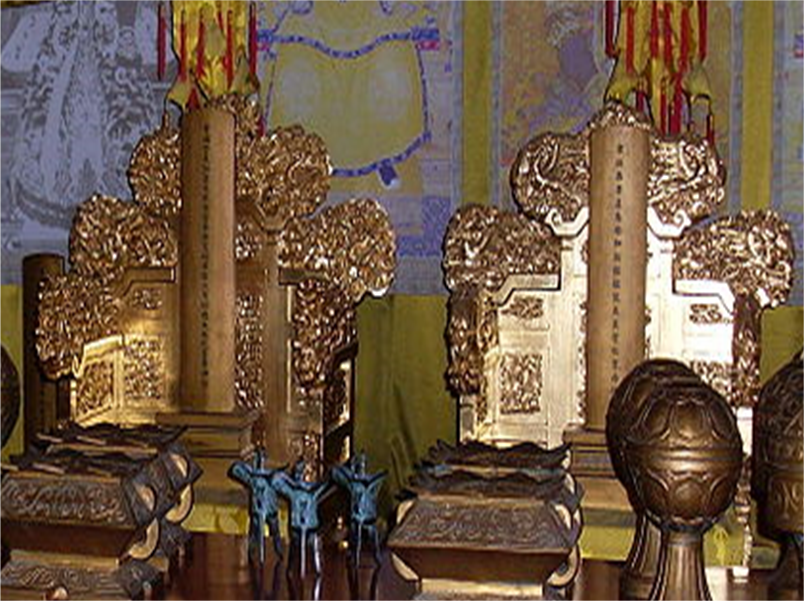
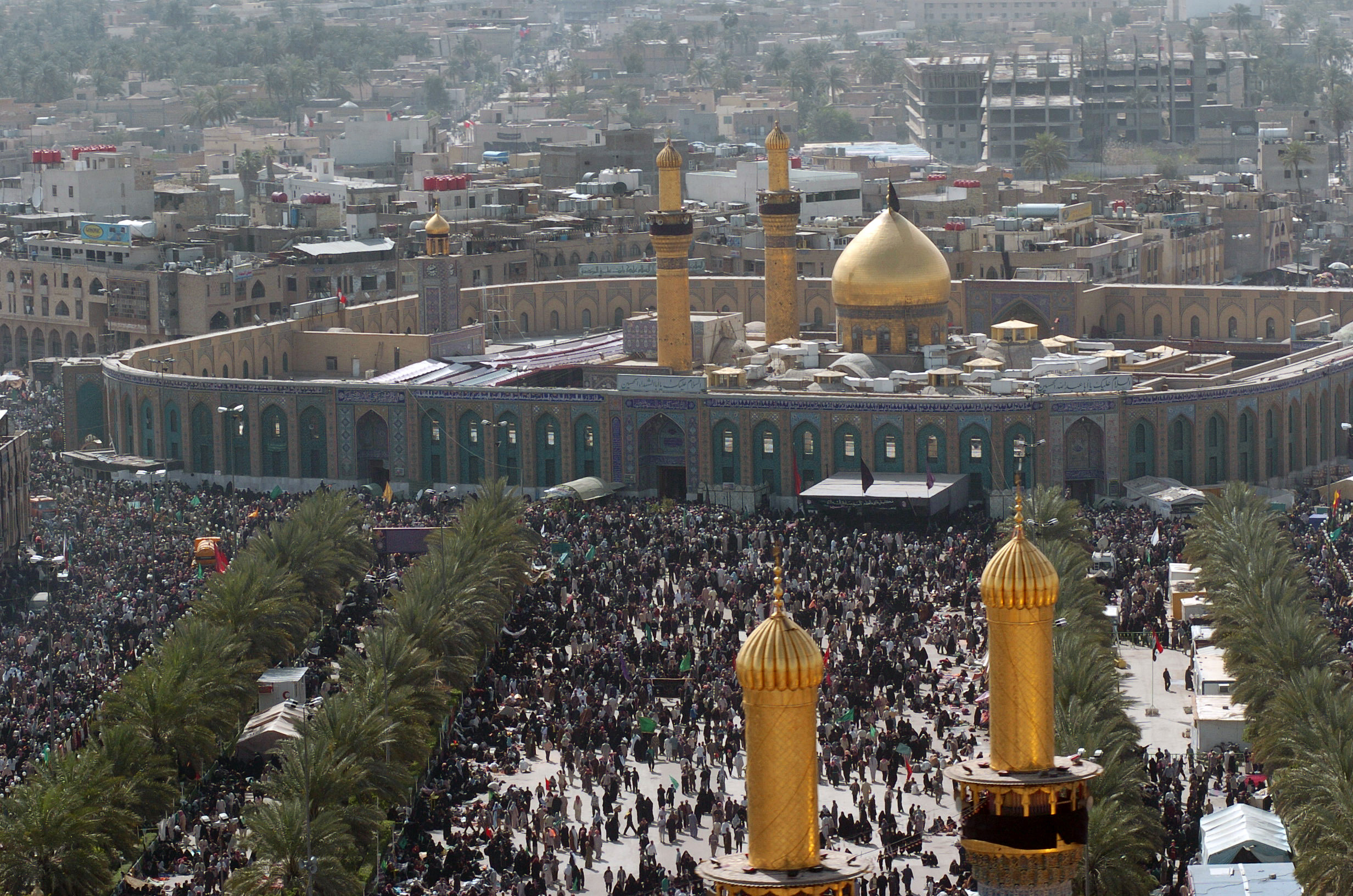
Új hozzászólás